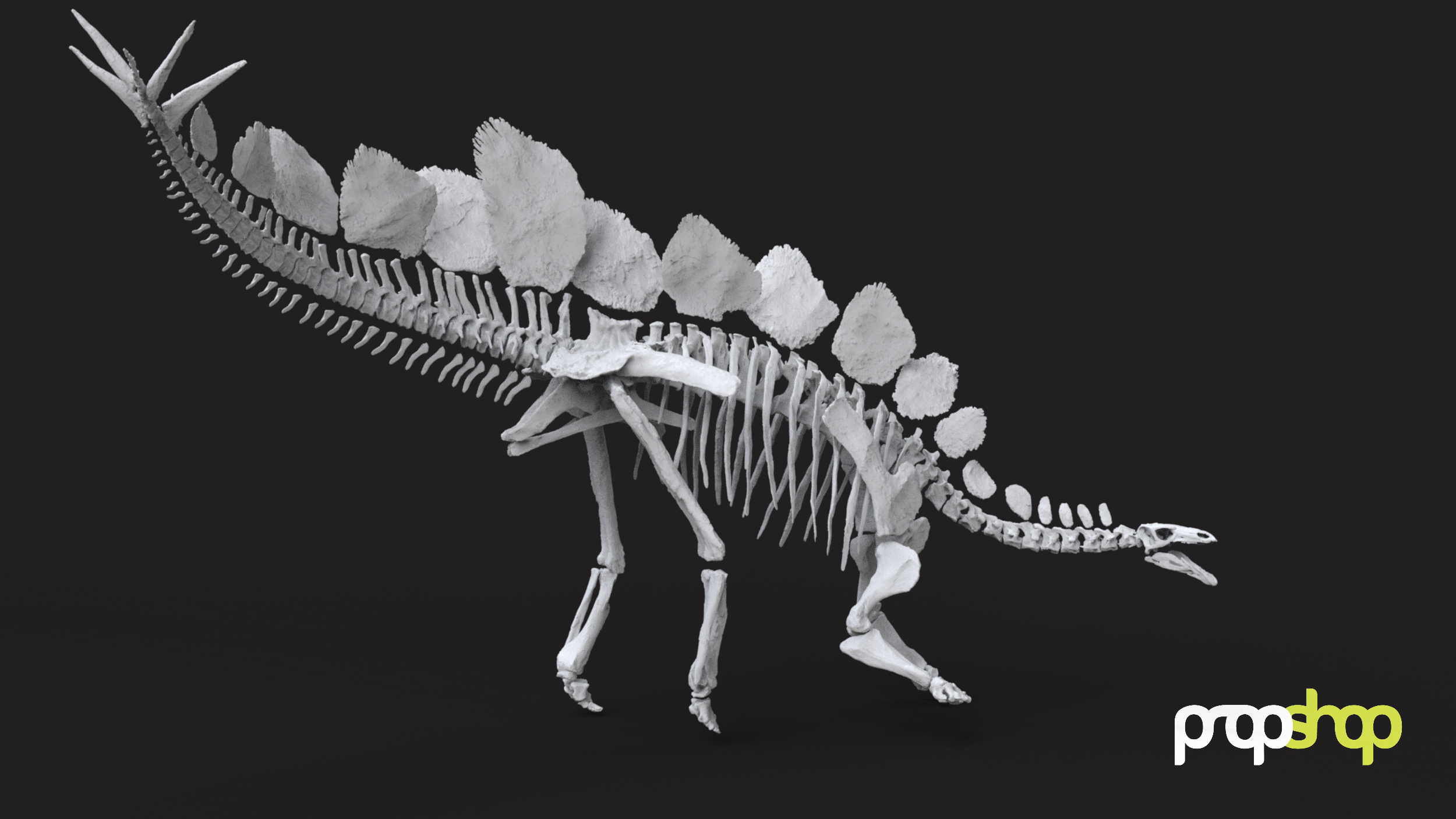While the Stegosaurus happily competes with both the Tyrannosaurus rex and the Diplodocus as being every other child’s favourite dinosaur, it may come as a surprise to learn that as well as being relatively rare in its own time, it has always remained something of an enigma, our lack of knowledge – about its weight, the purpose of those enormous plates, or even how it managed to eat – complicated by a worldwide scarcity of well-preserved skeletons.
Until, that is, last year, when London’s Natural History Museum, in a private donor assisted coup, managed to purchase the Stegosaurus, nicknamed Sophie, an unprecedentedly well-preserved skeleton having been discovered in 2005, in Wyoming, America. Unveiled last December, its5.6 by 2.9 metre frame occupies pride of place in the Museum’s Earth Hall. ‘Stegosaurus fossil finds,’ says Professor Paul Barrett, the museum’s lead dinosaur researcher, ‘are rare. Having the world’s most complete example here for research means we can begin to uncover the secrets behind the evolution and behaviour of this intriguing dinosaur species.’
Part of that research has required that the Natural History Museum commission voxeljet’s modelling subsidiary Propshop to laser-scan the Stegosaurus , create a 3D digital template of the entire skeleton and 3D print specific pieces – all for the purposes of running key-question simulations, making provision for touch object needs, and safeguarding against possible future loss or damage of the original.
‘It’s an honour to have been asked to help,’ says James Enright, Propshop’s Managing Director of voxeljet UK, ‘We were able to use our experience in digitally scanning rare, large or one-off objects to good effect. The skeleton was scanned using Lidar technology, and the data gathered from the non contact handheld high-res Laser scanner was then digitally manipulated to create a highly accurate computerised model. We 3D printed the skull, the radial plates and tail bones using one of voxeljet’s larger printers, the VX1000, and then fabricated and finished the parts using traditional modelling craftsmanship.’
Read more at ENGINEERING.com


